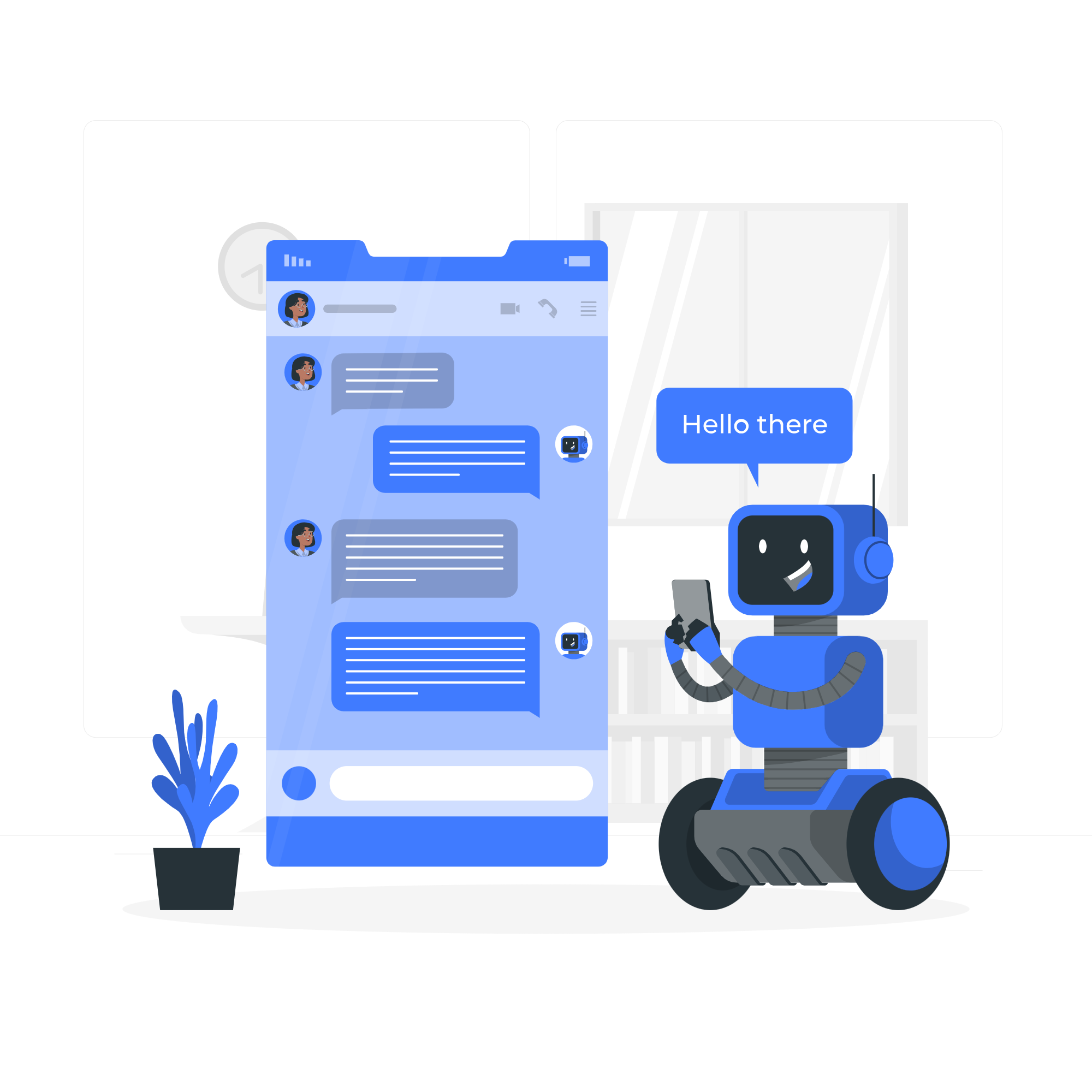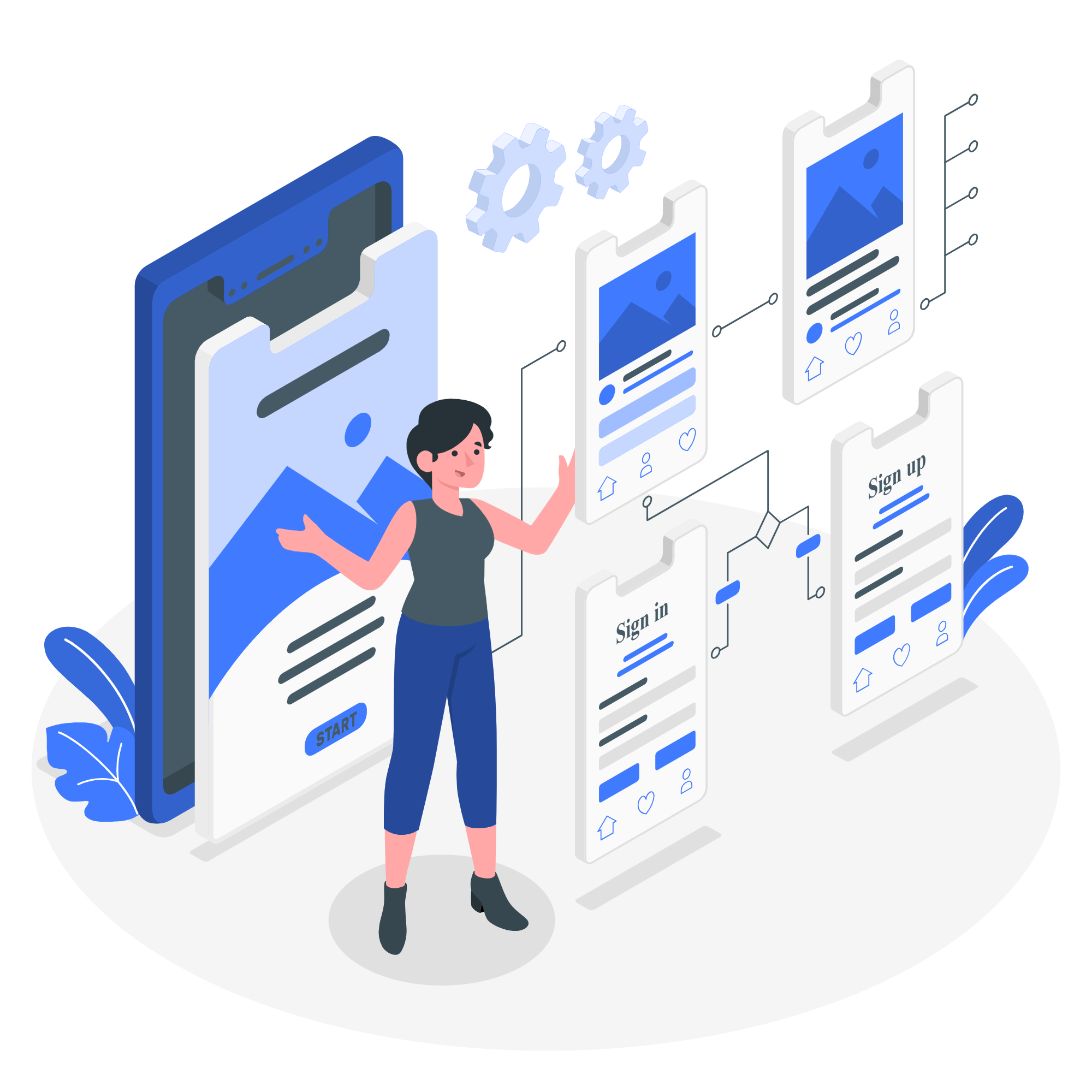Agentic AI in Software Development: From Concept to Deployment
Published on Mar 6, 2025
The software development world is a pressure cooker. Delivering high-quality products, on time, and within budget feels like a constant uphill battle. However, what if there was a way to significantly ease the pressure? Indeed, enter agentic AI – a game-changer poised to revolutionize how we build software.
Unlike simpler AI systems that just react to commands, agentic AI can independently complete tasks and make decisions. In essence, think of it as having a highly skilled, tireless assistant on your team, constantly working to improve efficiency and quality. This translates to faster development cycles, reduced costs, and ultimately, better software. Therefore, this post will guide you through the process of integrating agentic AI into your development workflow, from the initial assessment to a successful deployment.

Understanding the Potential of Agentic AI in Your Development Process
Let's look at some real-world applications. For example, imagine an AI that generates clean, efficient code from your natural language descriptions. Or, imagine an AI that automatically tests your code for bugs, freeing up your developers to focus on more complex tasks. Furthermore, perhaps an AI that predicts potential problems in your software before they even occur, saving countless hours of debugging.
These aren't futuristic fantasies; these are real capabilities of today's agentic AI. Consequently, the benefits are significant: We've seen development times reduced by up to 40%, code quality improved by 30%, and significant cost savings by automating repetitive tasks. As a result, this translates directly to a faster time to market, happier customers, and a healthier bottom line.
Nevertheless, you might be thinking, "Sounds great, but what about the downsides?" We understand concerns about job displacement, security risks, and the need for specialized skills. In reality, agentic AI isn't about replacing developers; it's about empowering them. Specifically, it's about giving your team the tools to be more productive, creative, and efficient. It augments human capabilities, allowing developers to focus on the complex, creative aspects of software development.
Implementing Agentic AI: A Step-by-Step Guide
The transition to Agentic AI shouldn't feel like a chaotic leap into the unknown. Instead, let's break it down into manageable steps, addressing concerns common among CEOs and CTOs, especially those working with offshore teams:
Step 1: Assessment & Planning – Addressing Cost and Time Constraints:
Before you invest in any AI tools, a thorough assessment is crucial. This isn't just about identifying bottlenecks; it's about prioritizing projects where AI can deliver the biggest ROI within your existing budget and timeline. Ask yourselves:
- Where are our biggest development delays? Are they consistently in testing, coding, or design? Focusing AI on these areas first maximizes immediate impact.
- Which projects are most critical for meeting deadlines? Prioritize projects that will yield the quickest return on investment by applying AI first.
- What's our realistic budget for AI implementation? Start with a smaller-scale pilot program to test viability and avoid significant upfront investment risks.
This targeted approach helps alleviate concerns about wasted resources and ensures AI contributes to hitting existing deadlines, a significant worry for time-sensitive projects, especially those leveraging offshore teams.
Step 2: Selecting the Right AI Tools – Mitigating Quality Concerns:
The market offers a range of AI tools, each with varying capabilities and levels of integration complexity. Your selection should directly address your concerns about code quality and the potential for miscommunication in offshore development:
- Prioritize ease of integration: Look for tools that seamlessly integrate with your existing development environment, reducing the learning curve for your offshore team.
- Consider vendor support: Choose vendors who offer robust support and training, especially crucial when working with geographically distributed teams.
- Focus on transparent results: Select tools that provide clear, measurable results, such as automated test reports and code quality metrics. This helps maintain transparency and accountability with your offshore team.
This ensures the AI tools enhance, not hinder, communication and collaboration, addressing a critical pain point for those managing remote teams.
Step 3: Integrating AI into Your Workflow – Bridging Communication Gaps:
Gradual integration is key, especially when working with offshore teams who may be unfamiliar with AI tools. A phased approach mitigates disruption and fosters acceptance:
- Start with a pilot project: Begin with a small, well-defined project to test the waters and gather feedback from both onshore and offshore teams.
- Establish clear communication protocols: Implement clear communication channels and reporting mechanisms to ensure everyone understands the AI's role and how it affects their tasks. This helps prevent misunderstandings common in remote collaborations.
- Provide ongoing training and support: Invest in training your team, especially your offshore team, on how to effectively use the AI tools. Regular check-ins and support sessions can help address any challenges that may arise.
Step 4: Monitoring & Iteration – Ensuring Continuous Improvement:
Once AI tools are integrated, continuous monitoring is crucial to ensure they meet expectations and address evolving needs:
- Track key metrics: Monitor key performance indicators (KPIs) such as development speed, code quality, and bug detection rates.
- Regularly review results: Conduct periodic reviews to assess the AI's effectiveness and identify areas for improvement.
- Iterate and adapt: Be prepared to adjust your strategy based on the data gathered. Agentic AI is a dynamic tool, and its effectiveness depends on continuous adaptation and refinement.

Managing the Risks and Challenges
Addressing the risks associated with AI implementation is crucial, particularly for those concerned about security and maintaining control in offshore development:
- Data Security – Protecting Intellectual Property: When working with AI tools, data security becomes paramount, especially with offshore teams. Choose providers with robust security certifications and transparent data handling practices. Implement strong access controls and data encryption protocols to protect your intellectual property. Regular security audits are also essential to identify and address vulnerabilities.
- AI Bias – Ensuring Fairness and Accuracy: AI algorithms can inherit biases from the data they're trained on. This can lead to unfair or inaccurate outcomes, jeopardizing the quality of your software. Regularly assess your AI for bias, ensure diverse and representative training datasets are used, and establish methods for identifying and mitigating bias throughout the development lifecycle.
- Skill Gaps – Upskilling Your Team: Integrating AI requires upskilling your team, both onshore and offshore. Invest in training programs to equip your developers with the skills needed to work effectively with AI tools. This investment prevents frustration, builds team confidence, and ensures successful AI adoption, regardless of location.
- Integration Challenges – Streamlining the Offshore Workflow: Integrating AI into an existing workflow, especially an offshore one, can present challenges. Address these by establishing clear communication protocols, providing ample training, and opting for AI tools with user-friendly interfaces. A phased rollout allows for adjustments and prevents large-scale disruptions that are costly and time-consuming to fix. This also strengthens collaboration and trust between onshore and offshore teams.
By proactively addressing these concerns, you can minimize the risks and maximize the benefits of implementing agentic AI in your software development process, building confidence and overcoming common anxieties associated with both AI and offshore development.
Conclusion
Agentic AI is no longer a futuristic concept; it's a powerful tool readily available to transform your software development process. By adopting a thoughtful and structured approach, you can harness the power of AI to streamline your workflow, reduce costs, improve quality, and ultimately, deliver superior software. Contact us today to discuss how we can help you integrate agentic AI into your development strategy, and let's build the future of software development together.





